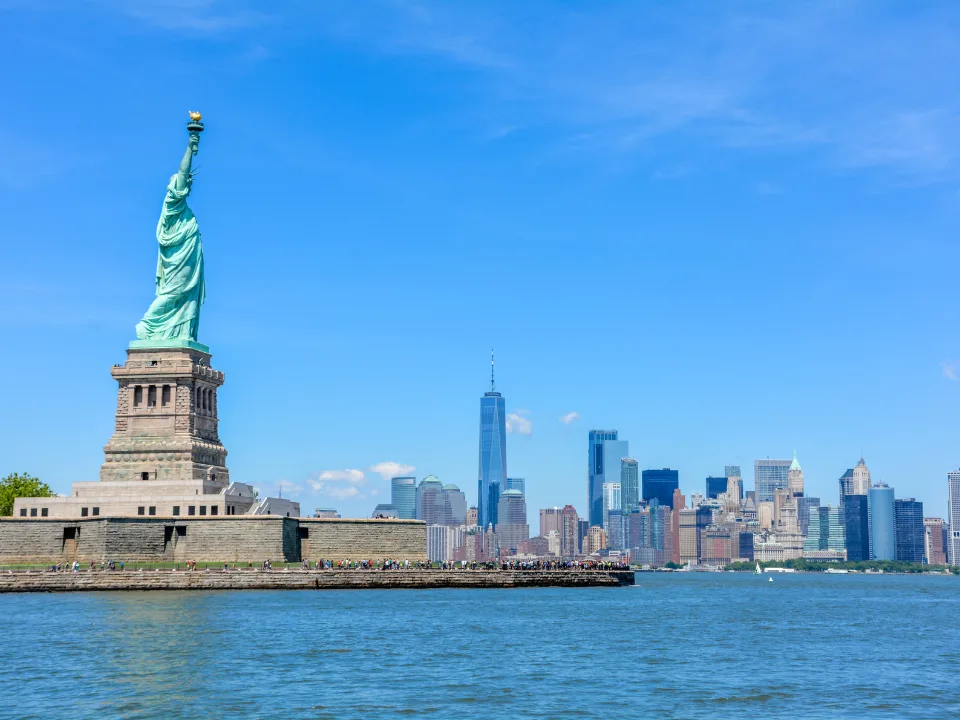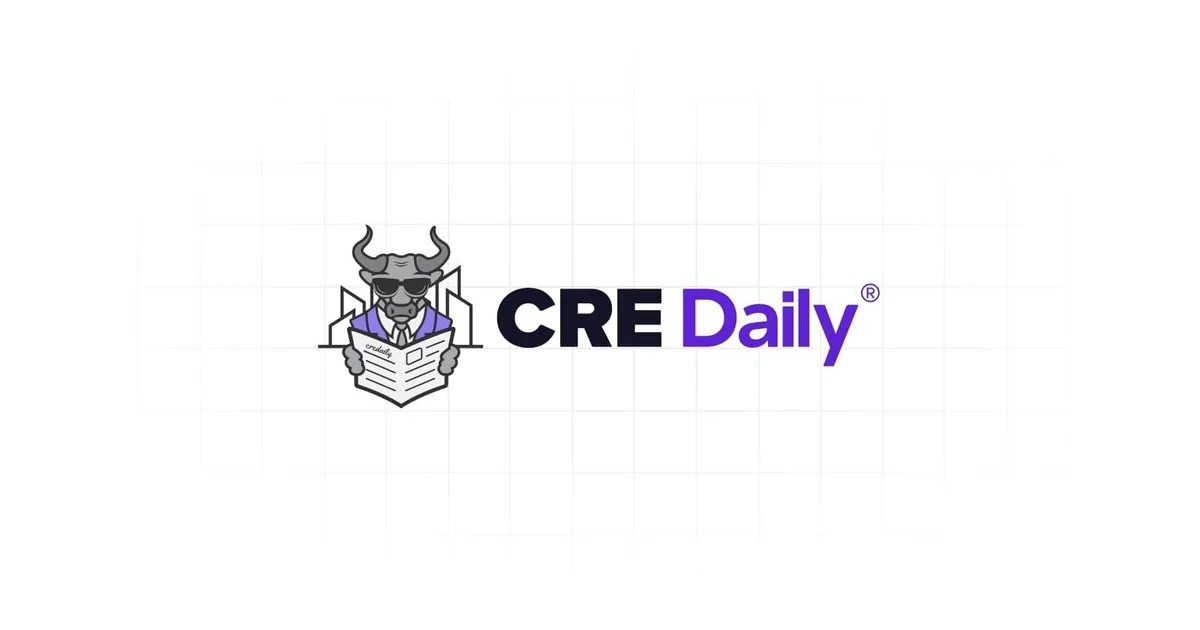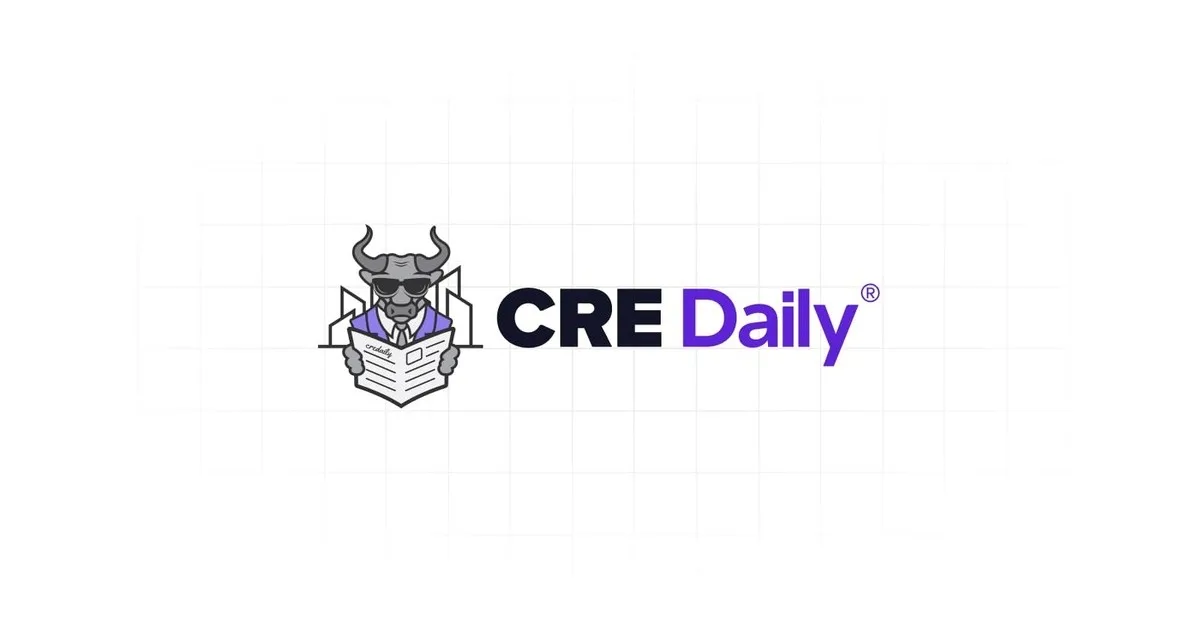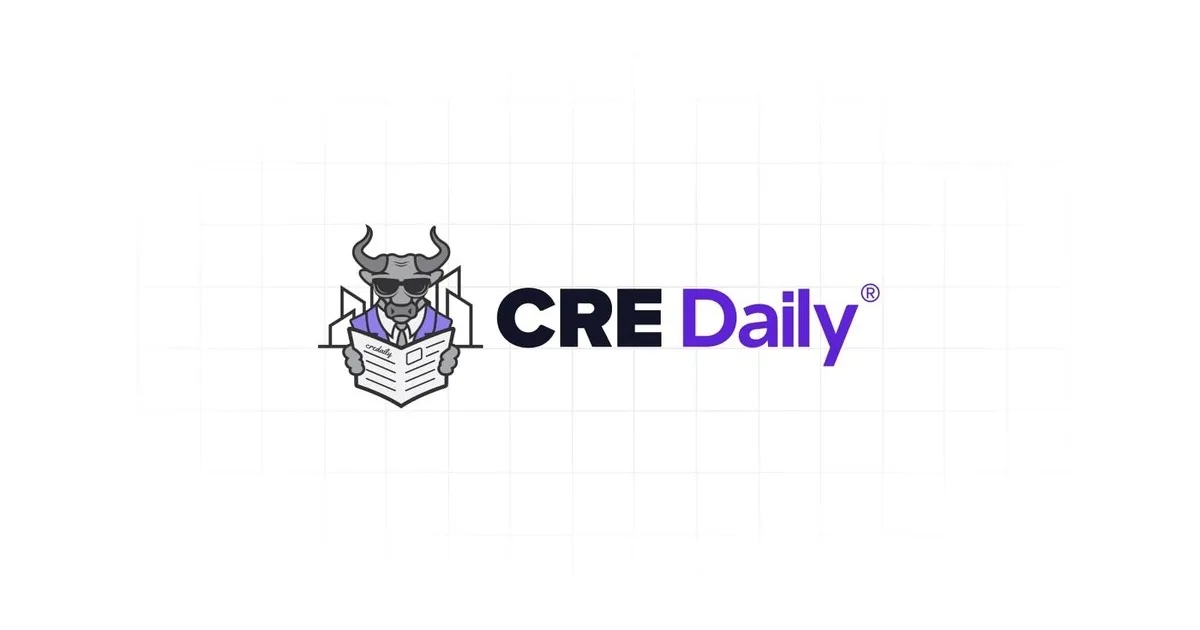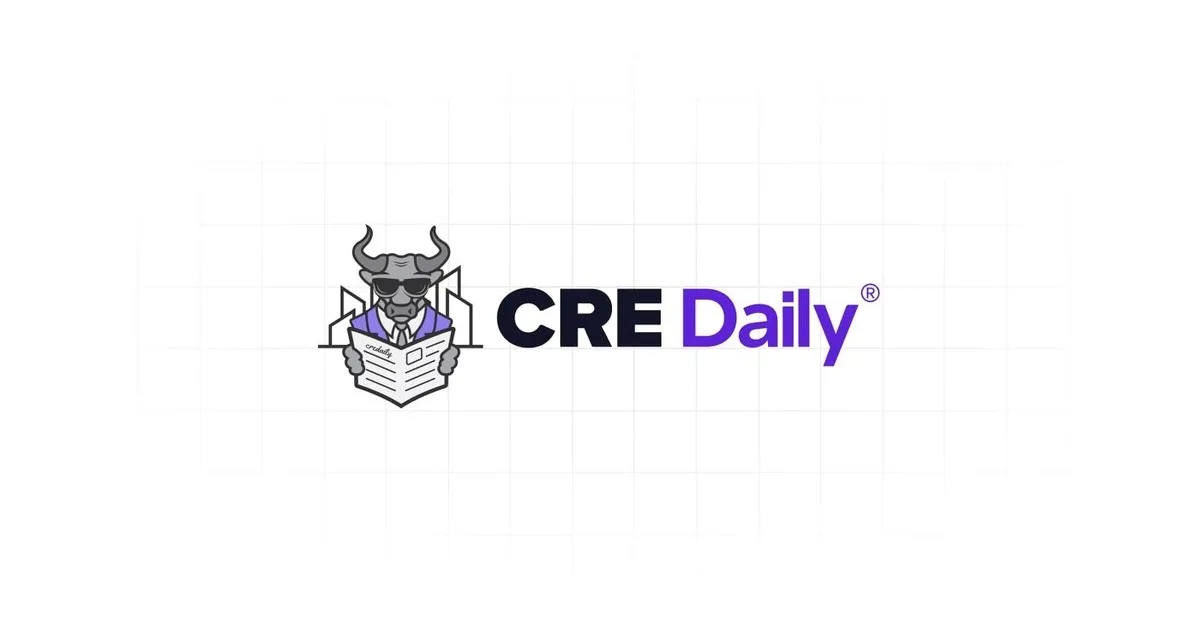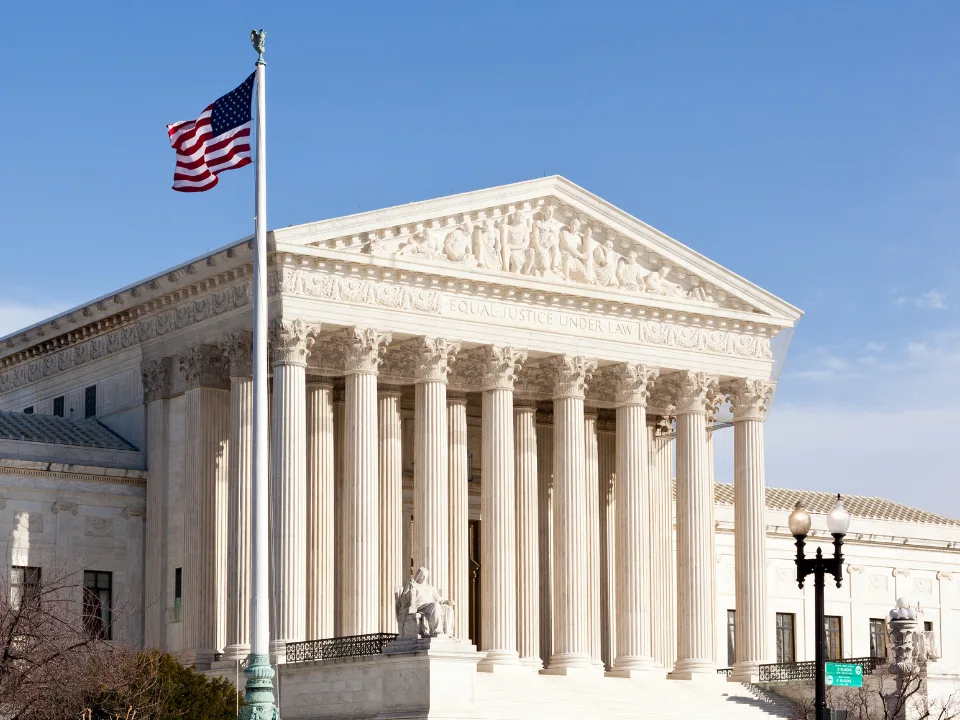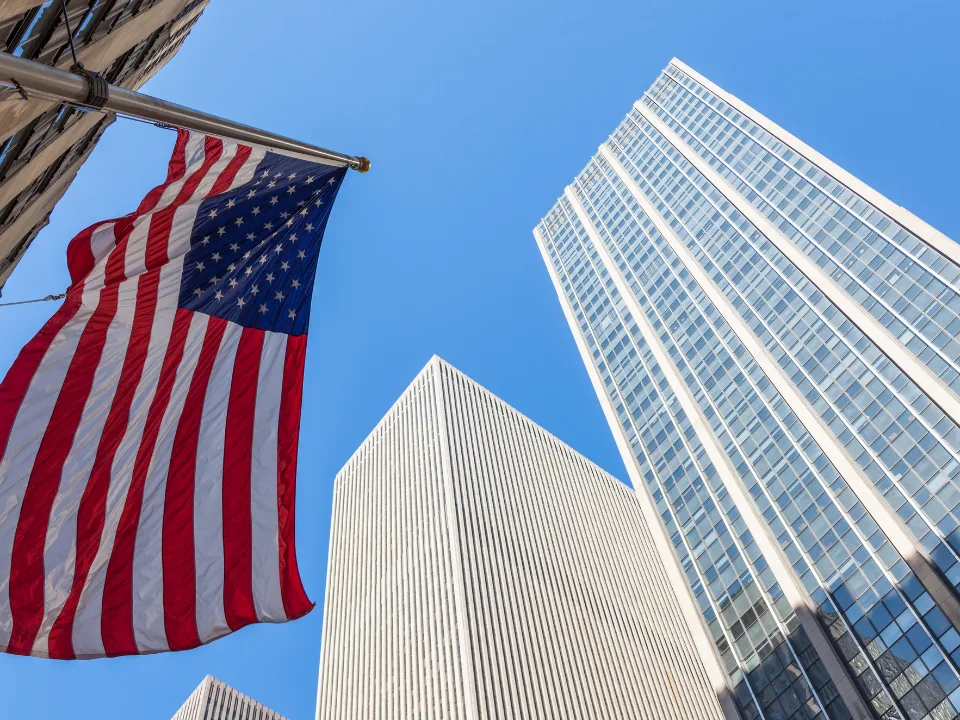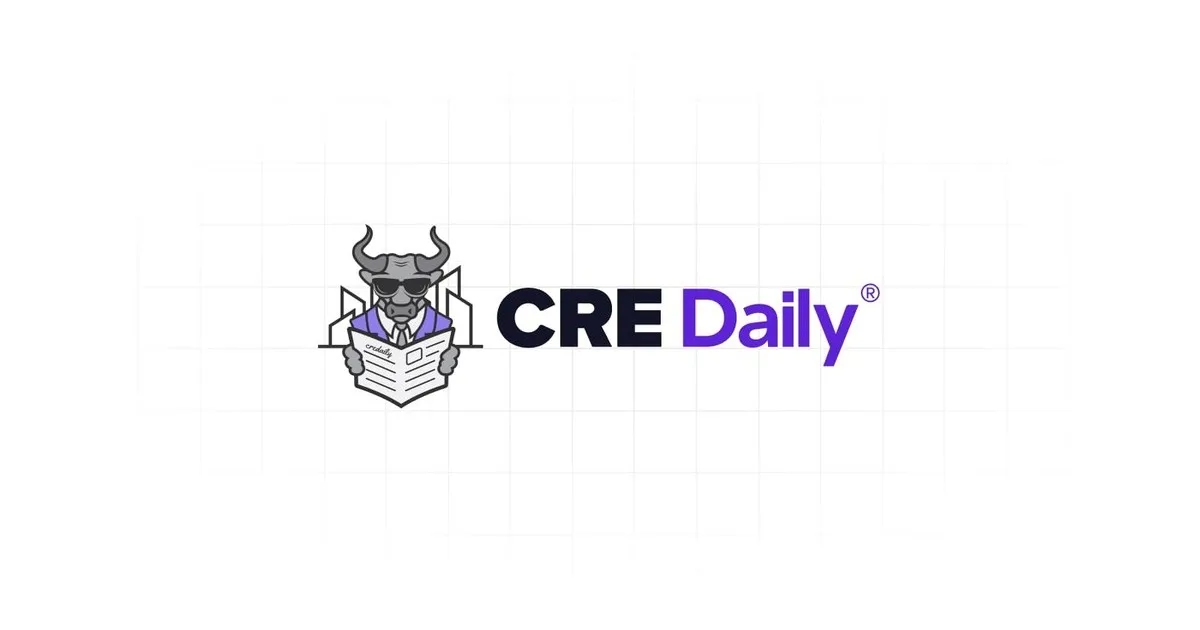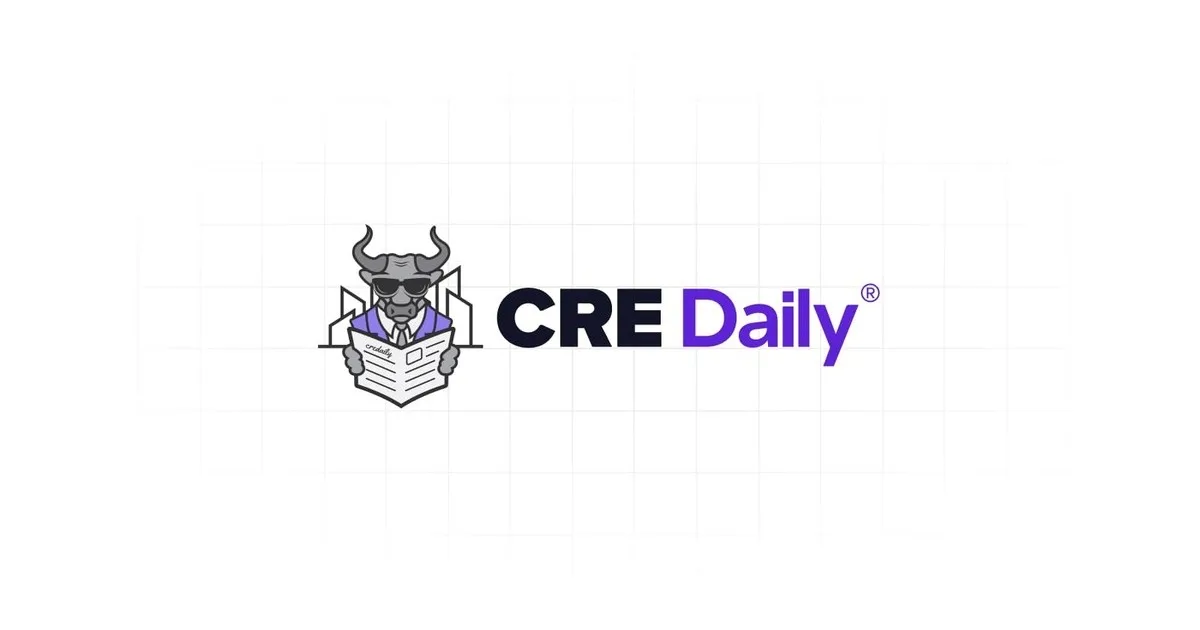- Dallas ranks as the top real estate market for 2025, leading a Sun Belt-dominated list driven by population growth and economic stability.
- Emerging trends include data centers, climate-related cost concerns, and a growing focus on cyclical stability.
- Multifamily demand remains resilient, but office space faces continued uncertainty as remote work patterns persist.
According to CoStar, Dallas is the top U.S. real estate market for 2025, according to ULI’s Emerging Trends in Real Estate report.
Sunny Forecasts
It’s the first time ever that Dallas has topped the list. But its size and rapid population growth meant it was just a matter of time before it unseated Nashville, which led the list for three consecutive years but dropped to fifth place this year.
Miami, Houston, and Tampa follow Dallas, showing investor preference for Sun Belt cities that continue to attract businesses and residents.
Since the pandemic, Sun Belt markets in Texas, Florida, Tennessee, and North Carolina have dominated ULI’s rankings. Fueled by business-friendly policies and strong job growth, cities like Dallas and Houston have become appealing investment hubs.
Texas cities, in particular, benefit from stable post-pandemic recoveries. Dallas saw an 11% rise in employment since 2020, while Austin grew by nearly 17.5%, placing both cities among the nation’s fastest-growing metro areas. Houston also ranks in the top 10 for the first time, underscoring its evolution from an energy-dependent market to a diverse economic base.
Data Centers Dominate
The 2025 report highlights notable trends in U.S. real estate, including a supply glut in apartment markets, rising insurance costs driven by climate risks, and surging demand for data centers. Increased reliance on cloud computing and AI is expected to fuel data center development, while climate risks are prompting investors to reconsider exposure to high-risk areas.
Despite recent hurdles, ULI’s report notes signs of improvement across property markets. As interest rates begin to ease, investor sentiment is cautiously optimistic. The industry is moving away from pandemic-induced disruption to focus on cyclical trends, such as adapting to supply increases and adjusting development strategies.
PwC’s Andrew Alperstein suggests firms concentrate on short-term risk management, noting that the industry is slowly returning to traditional market cycles.
Office Recovery Mode
The office market lags behind other sectors as remote work and downsizing continue to impact demand. ULI’s report highlights rising vacancy rates and persistent operational costs, with the office sector ranked as the least promising for investment in 2025.
Even with companies increasing in-office mandates, demand remains below pre-pandemic levels. According to ULI, the future of office space recovery remains uncertain as tenant demand fails to rebound fully.
Get Smarter about what matters in CRE
Stay ahead of trends in commercial real estate with CRE Daily – the free newsletter delivering everything you need to start your day in just 5-minutes
Demand Holding Steady
Multifamily remains robust despite a high volume of new units coming online in 2024. With more than 500K units expected to be completed by year’s end, ULI foresees strong leasing demand driven by demographic factors, remote work flexibility, and a tight single-family housing market.
Though apartment activity has softened since its 2021 peak, demand is expected to stabilize. However, expensive financing and labor shortages are slowing new construction starts.
Looking Ahead
Looking ahead, ULI anticipates a gradual but steady recovery. The industry has grown more confident as markets stabilize, with investors now adapting to post-pandemic needs and re-evaluating properties based on tenant and consumer trends.
ULI notes that clarity around tenant needs and usage patterns enables investors to shift focus toward addressing excess supply and adjusting to evolving market demands.
